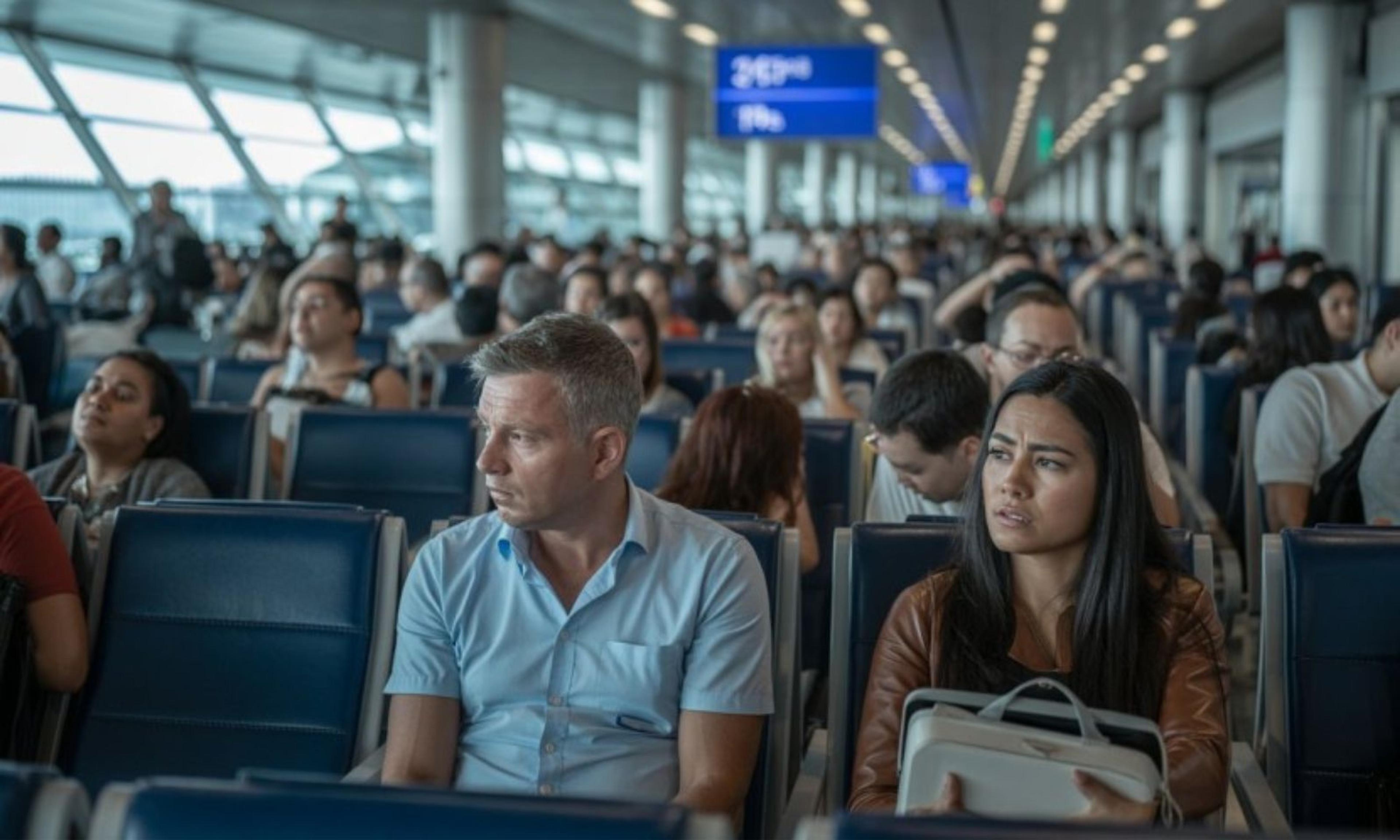

Te Poari a Rohe o Ōtara-Papatoetoe with Mana Whenua, Nga Pirihimana o Aotearoa (NZ Police) and Eke Panuku.
Photo / Auckland Council
Manu-kau Noa Iho: Reviving Māori names and stories
A ceremony at an Auckland park celebrated the restoration of Māori ingoa and help the community reconnect with its ancestral heritage.
Mana whenua and the Ōtara-Papatoetoe Local Board gathered for a meaningful ceremony at Hayman Park/Manu-kau Noa Iho to mark the adoption of 21 Māori names within the Ōtara-Papatoetoe area.
During the event last week, the voices of James Cook High School students harmonised with the melodies of manu (birds) and the gentle ripples of the roto (lake).

Whakarewatanga ceremony led by Mana Whenua. Photo / Auckland Council
The whakarewatanga ceremony restored the land to its ancestral heritage, strengthening the cultural ties that bind the community to its whenua.
Board chair Apulu Reece Autagavaia said, “Names have power. After nearly two centuries of dispossession and disempowerment, returning the original names to the landscape is a way for the Ōtara-Papatoetoe Local Board to give power and mana back to our tangata whenua stories and identity.”
Manu-kau Noa Iho translates to “it’s only just birds.”
This phrase refers to when the Tainui waka was carried over land to the Manukau Harbour.
Initially, what was thought to be human cries were later revealed to be the calls of many manu tai (sea birds), giving rise to the name “he manu kau noa iho” - “only just birds.”

The sign explains the story behind the name in both Te Reo and English. Photo / Auckland Council
A karakia opened the unveiling ceremony of the Hayman Park / Manu-kau Noa Iho playground plaque, followed by a walk to the site.
Participants joined in the himene singing, listened to the paimārire (story behind the name), enjoyed waiata and kōrero, and took part in the takutaku/karakia before unveiling the tohu (sign).
Apulu shared his connection to the importance of names, saying, “Manu-kau Noa Iho is a beautiful name that stirs the imagination of the first Polynesians arriving in this part of Tāmaki Makaurau. All they heard were the sounds of seabirds.
"What an experience compared to the modern concrete jungle that exists today. As we face environmental challenges, Manu-kau Noa Iho gives us a glimpse into the past and an aspiration for the future.”
Eighteen names were adopted in February 2021, and 21 more were added in February 2024.
All sites have received dual names, with the Māori name added alongside the existing one as part of the Council’s Te Kete Rukuruku program.

The plaque states when the playground was opened in two stages with names of those present & dates. Photo / Auckland Council
Notable names include:
- Te Paataka Koorero o Papatoetoe/Papatoetoe War Memorial Library: Papatoetoe means “toetoe land” or “the land where toetoe grows,” a resource historically used by Māori for lining the walls and roofs of houses.
- Te Wharau o Kohuora / Papatoetoe Town Hall: Te Wharau o Kohuora (“The shelter of Kohuora”) refers to the nearby crater and the mist that fills it, providing life-giving moisture.
Names and narratives, such as Te Ākitai Waiohua, Ngāti Tamaoho, and Ngāti Te Ata Waiohua, were provided by three iwi.
Apulu said Te Kete Rukuruku is the programme where council staff work with mana whenua to restore names that were once lost.
"It's important for us as a country, as a community, to understand our history, including going back to when tangata whenua were here.

L- James Cook High School. R - The karakia whakamutunga (closing prayer) by Mana Whenua, followed by kōrero and kai. Photo / Auckland Council
"And that honours their position as the Indigenous people of this area and honours their history and what they went through.”
Restoring these names is significant - not only for mana whenua but also for providing insight into what the area used to be like.
“Part of our Polynesian culture, our Samoans, Tongans and New Englands, we all know how important names are. We have the longest names and multiple names.
"I think it's a way of marking a point in time and ... [for] mana whenua, by bringing these names back to our open spaces, it's actually saying, hey, I want to keep these memories alive for the wider community.”
LDR is local body journalism co-funded by RNZ and NZ On Air.



